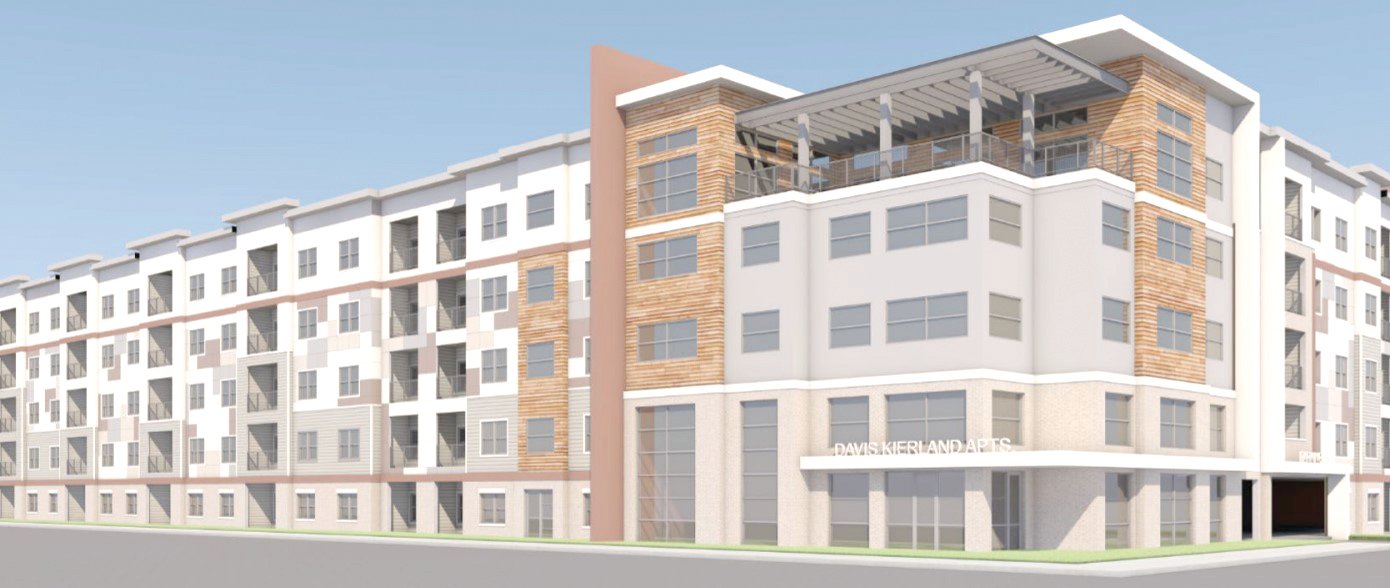By Mark Carlisle | Daily Independent

A 261-unit, five-story apartment building is planned near Kierland Commons.
The proposed project, called Davis Kierland, is slated for a 4.2-acre property southwest of 71st Street and Marilyn Road. It is mainly surrounded by offices and is a block south of Phoenix’s Kierland Commons shopping center. Opposite Scottsdale Road, which forms the Phoenix-Scottsdale border in the area, is the Scottsdale Quarter shopping center.
The development was presented last week to the Paradise Valley Village Planning Committee for information only before it votes on a rezone and general plan change needed to move forward with the development in a future meeting. Committee Member Diane Peterson said she needs assurances the project won’t worsen high-speed traffic through a nearby residential neighborhood before she would vote on it.
The minor general plan amendment would change the property’s designation from industrial and mixed use, allowing for commercial and commerce/business park uses to a different mixed-use designation, that adds multifamily residential as an allowable use.
The zoning change would replace the existing commerce park and planned community district designation for a custom planned unit development for the apartment building.
There are currently six two-story office/condominium buildings on the site.
With the way the Kierland area is developing, Wood claimed these two-story office complexes will be redeveloped soon.
“What we’re looking at in all of Kierland and really north of Kierland as well as south of Kierland is the fact that there’s tremendous demand for developable space,” Wood said. “Now that the Kierland area has become really an urban core as far as the level of development, those buildings will all come down one right after another.”
Wood noted those developments were zoned in the 1970s and built in the 1980s or 1990s and no longer fit the area.
Read More (subscriber content)
